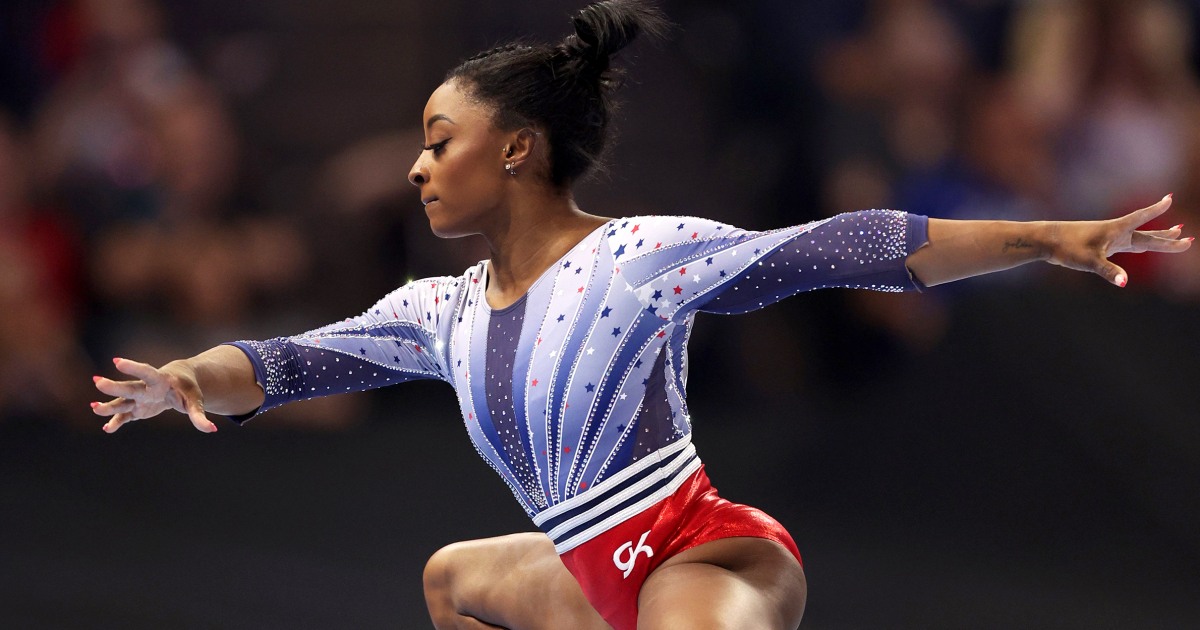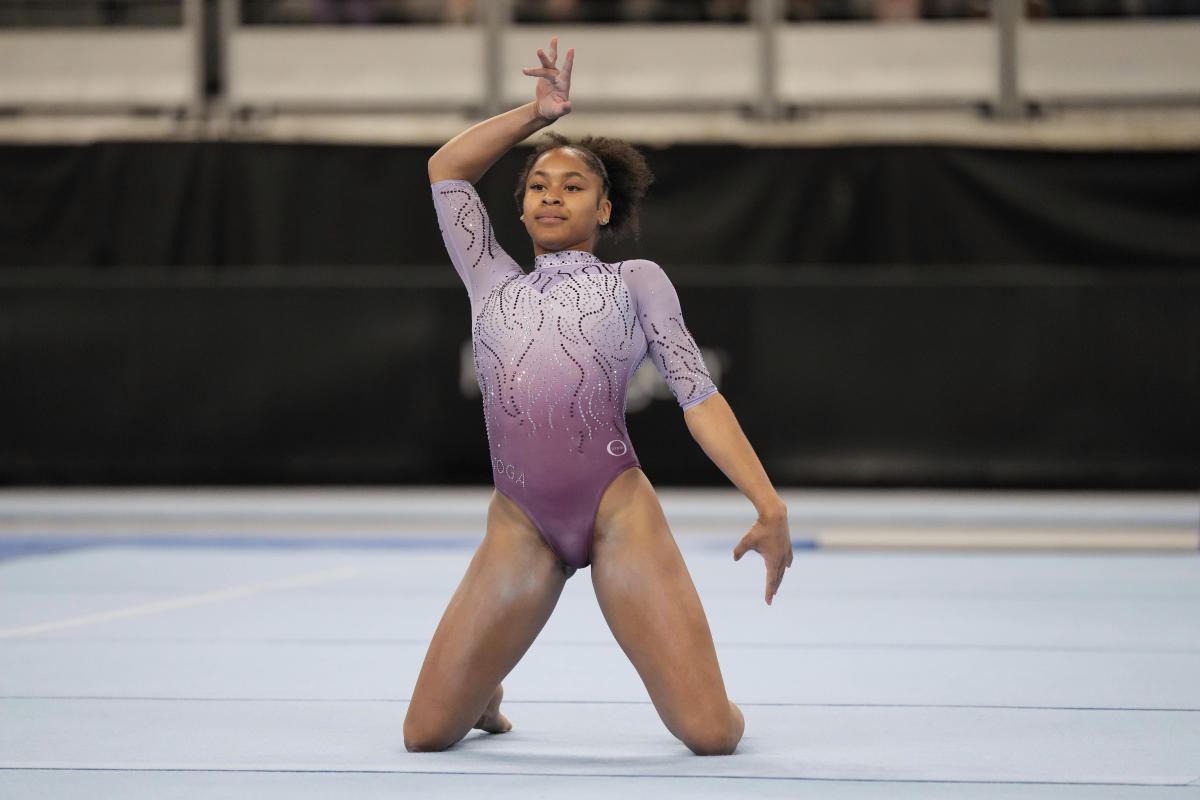Prevention and Treatment of Gymnastics Injuries

Gymnastics, a demanding sport, poses risks of injuries due to the complex and strenuous movements involved. However, implementing effective prevention strategies and seeking prompt treatment can significantly reduce the likelihood and severity of injuries.
Injury Prevention Strategies
To prevent gymnastics injuries, adherence to proper training techniques is crucial. This includes maintaining correct body alignment, practicing on appropriate surfaces, and using proper equipment. Additionally, warm-ups before training sessions and conditioning exercises to strengthen muscles and improve flexibility are essential.
Treatment Options
When injuries occur, prompt treatment is vital. Physical therapy plays a significant role in rehabilitation, focusing on restoring range of motion, strength, and flexibility. In severe cases, surgery may be necessary to repair damaged tissues or stabilize joints.
Case Studies
Gymnast Simone Biles, after experiencing a shoulder injury, underwent extensive physical therapy and rehabilitation, successfully returning to competition. Another example is gymnast McKayla Maroney, who recovered from a broken leg through a combination of surgery and physiotherapy. These cases highlight the effectiveness of injury prevention and treatment in gymnastics.
Impact of Gymnastics Injuries on Athletes
Gymnastics injuries can have a profound impact on the physical, emotional, and psychological well-being of athletes. The demands of the sport, involving high-impact landings, complex maneuvers, and repetitive movements, make gymnasts susceptible to a range of injuries, from sprains and strains to more severe fractures and dislocations.
Physical Impact
- Pain and discomfort: Injuries can cause significant pain, limiting an athlete’s ability to train and compete effectively.
- Reduced mobility: Injuries can restrict an athlete’s range of motion and flexibility, affecting their performance and increasing the risk of further injuries.
- Muscle weakness and atrophy: Prolonged immobilization or inactivity due to injuries can lead to muscle weakness and atrophy, making it challenging to regain strength and coordination.
Emotional Impact
- Frustration and disappointment: Injuries can be frustrating and disappointing, especially for athletes who are passionate about their sport and have dedicated significant time and effort to training.
- Anxiety and fear: The fear of re-injury or the inability to perform at their previous level can lead to anxiety and fear among injured gymnasts.
- Loss of confidence: Injuries can damage an athlete’s self-confidence and make them question their abilities, affecting their motivation and performance.
Psychological Impact
- Depression and withdrawal: Severe injuries can lead to depression and withdrawal, as athletes struggle to cope with the physical and emotional challenges they face.
- Eating disorders: Some injured gymnasts may develop eating disorders in an attempt to control their weight or cope with the stress of their injury.
- Substance abuse: In rare cases, injured gymnasts may turn to substance abuse as a way to manage their pain or emotional distress.
Supporting Injured Gymnasts, Gymnastics injuries
Supporting injured gymnasts through the recovery process is crucial for their physical and mental well-being. Coaches, trainers, family members, and friends can play a vital role by:
- Providing emotional support: Offering encouragement, understanding, and empathy can help injured gymnasts cope with the emotional challenges they face.
- Facilitating access to medical care: Ensuring injured gymnasts have access to appropriate medical care, including physiotherapy, rehabilitation, and pain management, is essential for their recovery.
- Creating a positive and supportive environment: Maintaining a positive and supportive training environment can help injured gymnasts stay motivated and focused on their recovery.
Gymnastics, a sport demanding both grace and power, can exact a toll on the body. One such injury is the dreaded “skye blakely injury,” a testament to the risks inherent in the sport. Skye Blakely , a renowned gymnast, suffered this devastating injury, a sobering reminder of the sacrifices athletes make in pursuit of excellence.
Despite the setbacks, gymnastics injuries often fuel determination, as athletes strive to regain their former glory and inspire others facing adversity.
Injuries are a risk in gymnastics, but gymnasts push through the pain to compete at the highest level. The men’s gymnastics olympic trials are no exception. Gymnasts will be vying for a spot on the Olympic team, and they will be doing so with injuries that could sideline them for months.
But these athletes are determined to compete, and they will do whatever it takes to make their dreams a reality.
